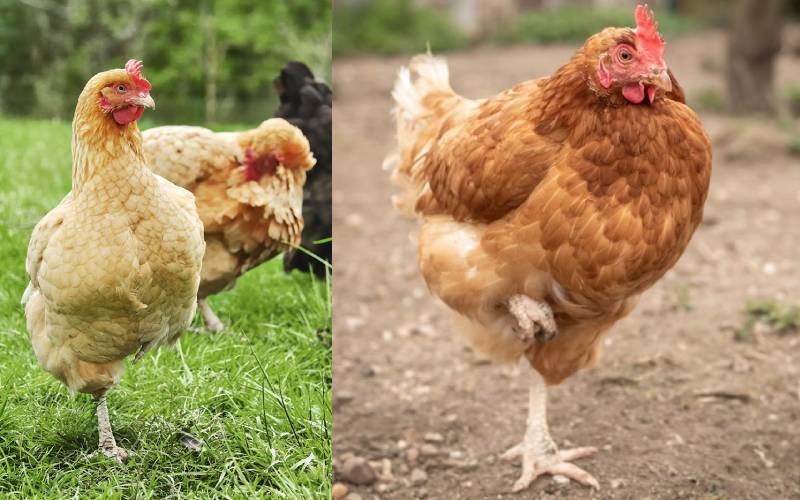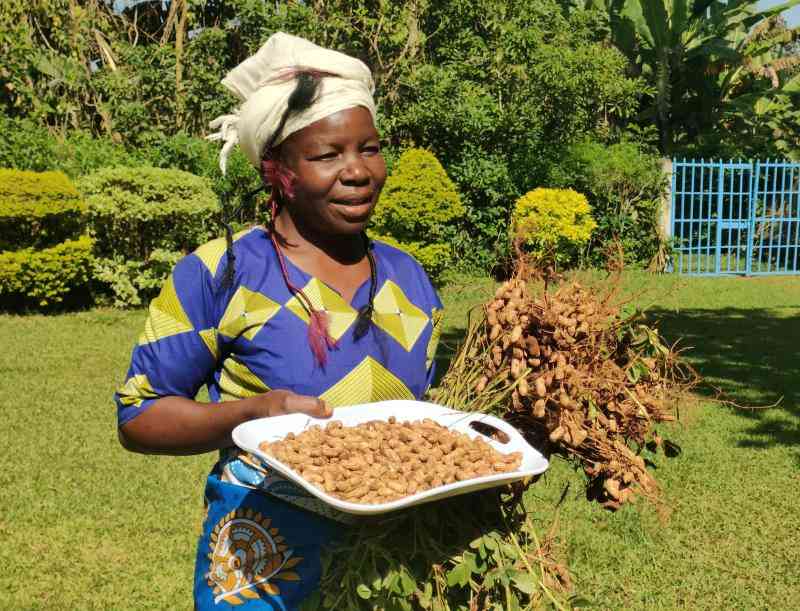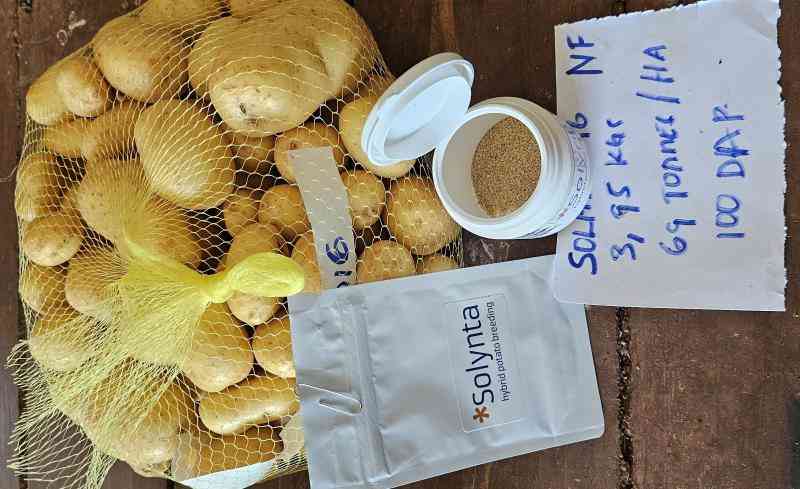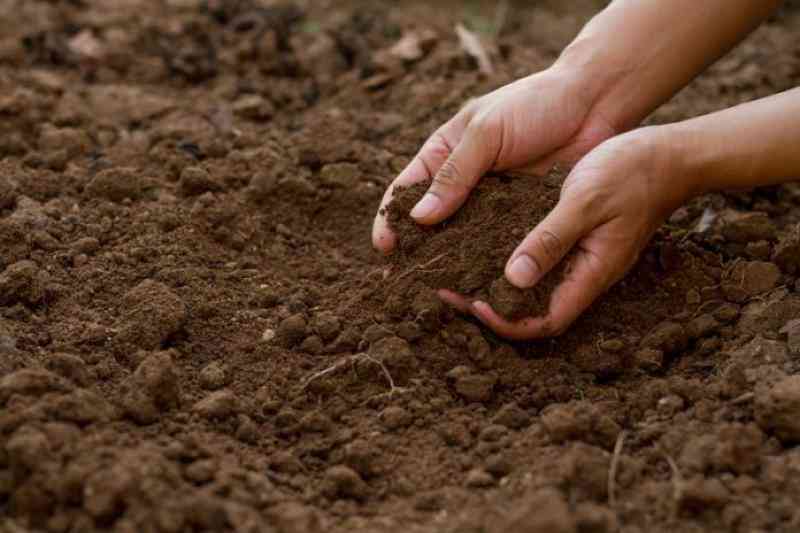
From an early life through laying period to when the birds are finally depleted, hens typically experience leg problems and challenges that can reduce egg production and farmer’s economic fortunes. Skeletal problems are primarily seen as lameness, they can be categorised as caused by bacterial or viral infection (infectious) or due to other injury(non-infectious). It can also be due to a combination of infectious and non-infectious agents or as a synergistic interaction of both. The fastest bone growth occurs in the first 2-3 weeks of age in chicken, and therefore any nutritional deficiency or any other toxic insult affecting the bones will naturally be expressed where the bone plates are growing fast. This happens more commonly at the ankle joint (proximal Tibiotarsus) and hock joint (tarsometatarsus).
Why is lameness being of concern?
Lameness is a big animal welfare concern to the industry; lame birds suffer a lot due to pain in affected areas and cannot compete equally for access to adequate feed and water within the population. In most cases, such lame birds are humanely culled from the rest of the flock, downgraded and this can have an economic impact on the farmer.
Why is there increasing cases of lame birds in the industry
It is true that we have been seeing increasing number of lame birds in the industry over the years, this can be attributed to several reasons. On top of this list is genetic selection that have occurred over the years, we now see more heavier birds reaching the market earlier than years ago. Reduction of the level of calcium and phosphorus by the ban of meat and bone meal raw material in animal feed, removal of antibiotic growth promoters in feed and high incidences of immune-suppressive disease have all contributed to high level of lameness in poultry.
Common leg problems in the farms
Rickets: in this case, bone softening happen when there is a marked imbalance between calcium and phosphorus in the diet. Whereas calcium is a key component of the bone structure and responsible for maintenance of acid-base balance in the blood, phosphorus on the other end is vital for the metabolism of carbohydrates and fats for well nourishment of all muscle tissues. Imbalance or deficiency of either one or both will result into Rickets, a disease associated with lameness, soft bones, fatigue, weakness and poor egg quality and production. A good chart with your feed miller on any recent changes in feed formulation with critical discussion on the premix inclusion will unravel this condition
Vitamin B deficiency: In very young chicks, sometimes one can observe a unique case where paralysis of the legs starts with the curling of the toes and working upwards into the extensor muscles of legs, wings, and neck. The chicks will stop feeding, become emaciated, weak, walk with ataxia (appear drunk) and with curled toe paralysis. This condition is associated with Vitamin B deficiency and a quick supplement in drinking water will immediately result into recovery. Whereas every feed should be adequately balanced with minerals, amino acids, and vitamins, it is always advisable for farmers to routinely supplement these essential multivitamins and minerals for three consecutive days every week.
Caged layer fatigue: It is generally associated with low calcium supplements in feed, this results in laying hens opting to source highly needed calcium from the long bones thereby depleting the bone calcium. This results into very thin bones and can easily fracture when the birds are left loose. The calcium is used for egg shell formation. The eggshell formation is affected, and you will fail to meet market demand as most of the eggs will have cracked shells and probably deformed as well.
Infectious organisms: Finally, the other possible cause of lameness is infection by microbes like bacteria, mycoplasma, reoviruses, etc., whenever there is an injury on the skin or disruption on the lining of the gut, these organisms are absorbed into the blood stream and will cause infection at the joints of the hock and the femoral head causing sever pain, swelling, fever and discomfort. A visit to the vet will result into quick diagnosis and treatment and a rapid recovery.
Control
This involves supplementation of enough calcium and phosphorus in the diet, good biosecurity practices and plenty of exercise.
[Dr Watson Messo Odwako email messo@kenchic.com or vet@kenchic.com]
Want to get latest farming tips and videos?
Join Us
 The Standard Group Plc is a multi-media organization
with investments in media platforms spanning newspaper print operations,
television, radio broadcasting, digital and online services. The Standard Group
is recognized as a leading multi-media house in Kenya with a key influence in
matters of national and international interest.
The Standard Group Plc is a multi-media organization
with investments in media platforms spanning newspaper print operations,
television, radio broadcasting, digital and online services. The Standard Group
is recognized as a leading multi-media house in Kenya with a key influence in
matters of national and international interest.
 The Standard Group Plc is a multi-media organization
with investments in media platforms spanning newspaper print operations,
television, radio broadcasting, digital and online services. The Standard Group
is recognized as a leading multi-media house in Kenya with a key influence in
matters of national and international interest.
The Standard Group Plc is a multi-media organization
with investments in media platforms spanning newspaper print operations,
television, radio broadcasting, digital and online services. The Standard Group
is recognized as a leading multi-media house in Kenya with a key influence in
matters of national and international interest.







